

Exploring our past to sort out myth from reality
Share this Page on
Facebook or Twitter

These are the voyages of the TimeShip Anachron.
Our Mission: To boldly explore the past, dispelling
mythinformation and mythconceptions
of American History along the way.
 Visit us on Facebook
Visit us on Facebook
Meet MythAmerica Series

Pt 1 Pt 2 Pt 3 Pt 4 Pt 5 Pt 6 Pt 7 Pt 8 Pt 9 Pt 10 Pt 11
The Not-So-Gay Nineties, Part 3
Fair Enough
In 1988 my husband, daughter, and I visited Walt Disney World’s EPCOT for the first time.
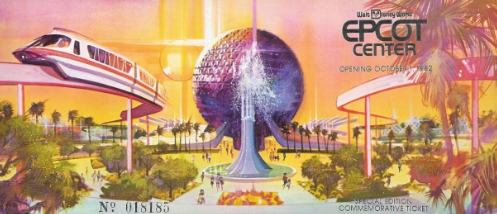
What a mind-
Again, as with all Disney parks, the environment is beautifully, artistically landscaped, and spotless and perfectly groomed at all times. Not a gum wrapper on the sidewalk, not a petal out of place in the many gardens. Yet the grooming is so efficiently planned and scheduled that you almost never see a worker sweeping a sidewalk or trimming a hedge.
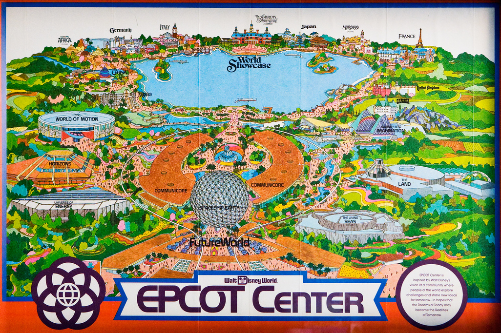
The first “half” of the grounds, designated Future World, features various attractions in themed pavilions that emphasize the history and the future of technology, invention, and progress—Energy, Transportation, Communications, Agriculture, and more.
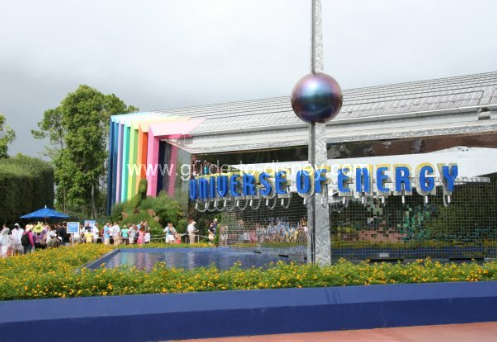
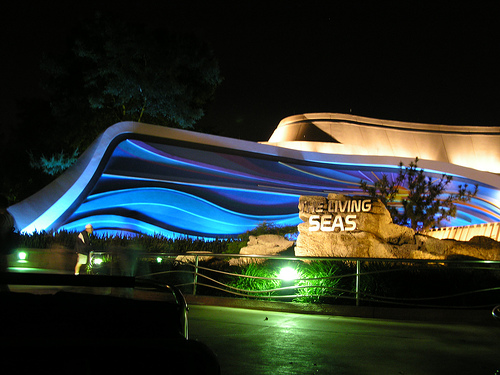
The construction of each pavilion was done under the financial sponsorship of some major corporation, and major corporations continue sponsoring the ongoing maintenance of the attractions.
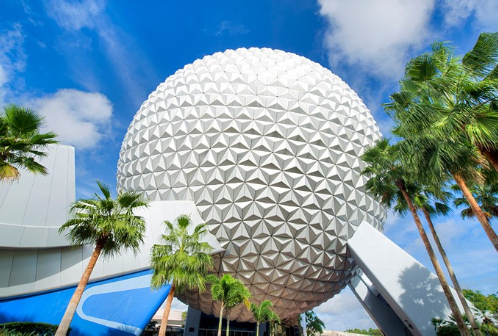
For instance, the central icon of EPCOT, the geodesic sphere with its "Spaceship Earth" attraction inside, was originally sponsored by ATT.
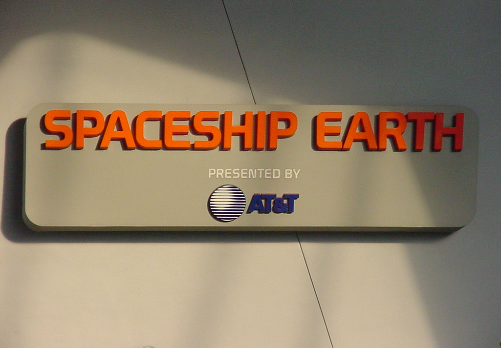
Which was fitting, as the main theme of the “Spaceship Earth” ride contained in it was originally the history and future of communications. There have been lots of changes in sponsorship of attractions at EPCOT over the years—and Spaceship Earth, remodeled a number of times, is now sponsored by the German multinational engineering and electronics conglomerate Siemens AG.
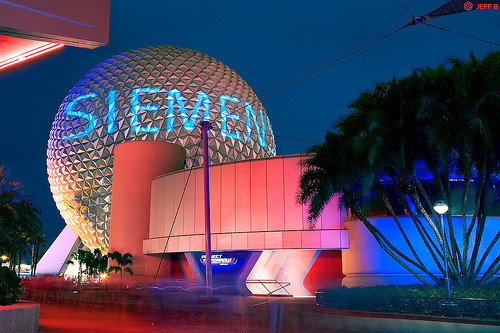
The second “half” of the EPCOT grounds, is designated World Showcase. It consists of…
…eleven pavilions, each themed and dedicated to represent a specific country. The eleven pavilions surround the World Showcase Lagoon, a large man-
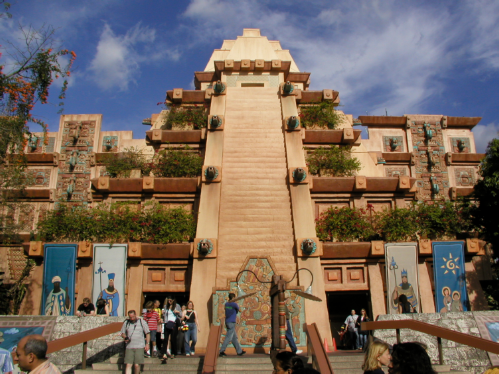
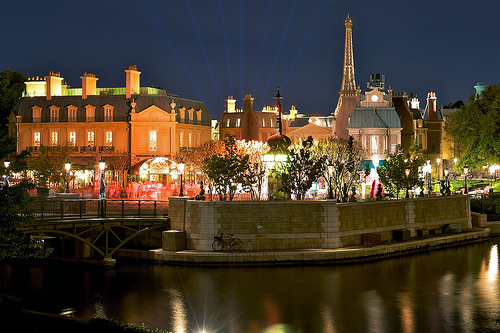
At the time in 1988 I had never seen anything as splendiferous and mind-
How naïve I was.
Sometime around 2000, I happened to be surfing around the Internet and came across some pictures of an event I had never heard of—the “World’s Columbian Exposition of 1893” also commonly called the “1893 Chicago World’s Fair.” The pictures and the story that went with them were so astounding that at first I couldn’t quite comprehend what I was seeing.
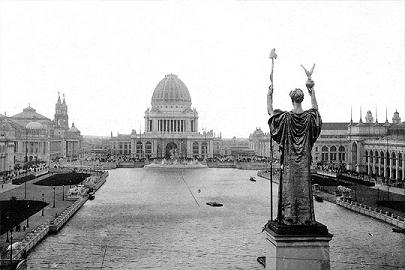
Although I had heard of World’s Fairs that had been held in my lifetime, specifically one in New York in 1964 and one in Seattle in 1962, they were being held so far from where I lived in Michigan that they just barely registered on my conscious mind. When I heard the word “fair,” the only point of reference I had of personal experience were the events at the “fairgrounds” outside our town. The fairgrounds consisted of a big fenced-
The farmers of the county—and their kids who were members of the 4-
Such as the huge hogs, like this record-
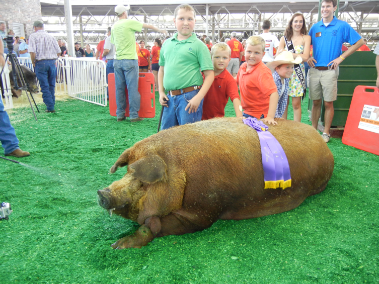
Or the exotic, strange breeds on display in the chicken barn.
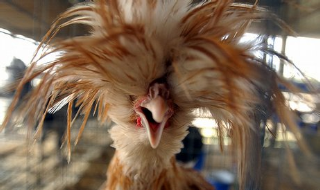
There weren’t just biggest animals, either. You could always count on seeing the county’s biggest pumpkin and biggest sunflower head.
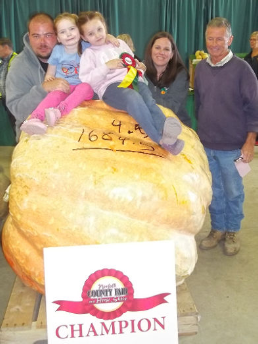
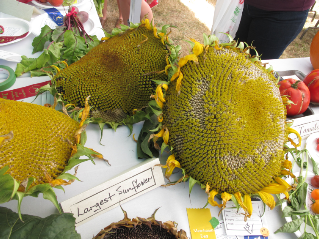
The livestock barns were open-
But there was one big enclosed building, where contestants, most often women, vied for other prizes for such creations as quilts and pies.

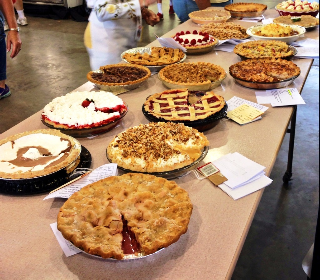
The largest section of the big dirt field was taken up with the “Midway,” a collection of exciting rides, and small tents and shacks featuring snacks, “games of skill” where you could win big stuffed animals, and more. This was brought in all in pieces on trucks and put together overnight by a company from out of state.
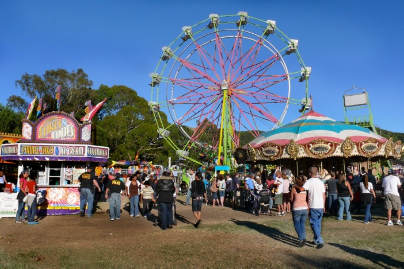
When I was in grade school in the mid-
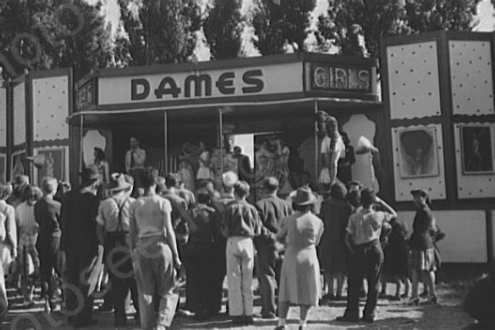
And a “Freak Show,” with both live and preserved curiosities.
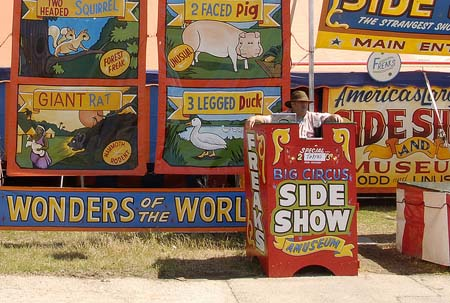
I think the freak and girlie shows disappeared by the mid-
There was also another tent or building, often called a "Penny Arcade" that had such “penny, nickel, dime” attractions as pinball games.
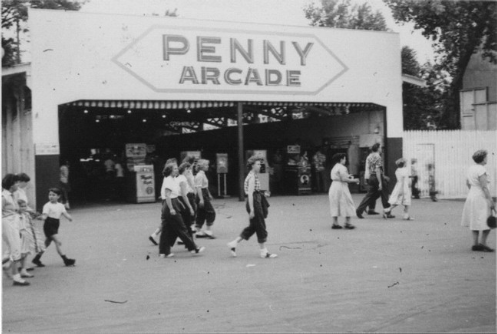
That’s where you’d find the “peep” shows…little boxes you’d peer into through a small hole, put your penny or nickel in, and turn a crank to watch a short “movie”—which was not on film. It consisted of a stack of photos on a rotating drum, which would flop down one at a time for you to see. As you turned the crank the successive pics would give the illusion of movement—faster and faster depending on how fast you turned the crank.
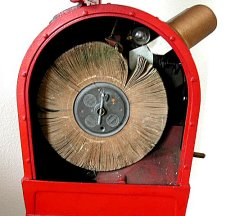

I’m not quite sure why this was an attraction to most people at the time. By then, everyone had television! But for some reason putting your coin in and being able to “control the action” of two guys boxing or some poorly-
All of this would swoop into our fairgrounds for one week in September, and then be torn down, packed up, and removed a week later. It was the epitome of the term “ephemeral.” The main point of it all seemed to be to give the local farm folks an opportunity to brag about their productivity and vie with one another for honors, and to give the local populace a time to “party” outdoors before winter set in. The importance and excitement wasn’t in the facility itself—it was just a dirt field with ramshackle tents and buildings. It was in the bright colorful lights at night, the smell of popcorn, the bustling crowds, the thrilling rides.
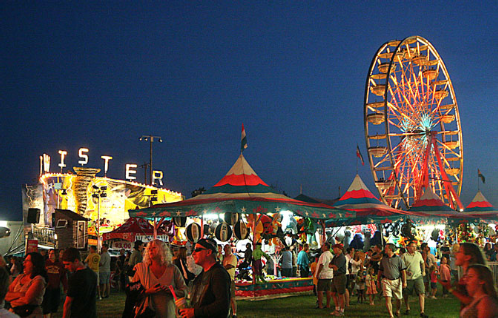
And, if you were a farmer, farm wife, or farm kid, it was the chance to show off your stuff.
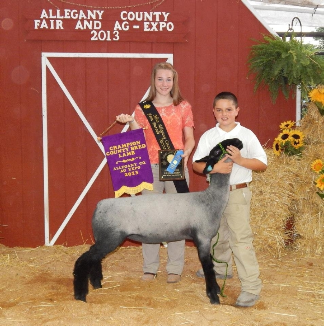
Yes, all this is what came to my mind when I heard the word “fair.” I had never even been to the Michigan State Fair, but I’m pretty sure I figured that a state fair was just a beefed-
Thus when I first heard the phrase “World’s Fair,” what popped into my mind was an equally ephemeral-
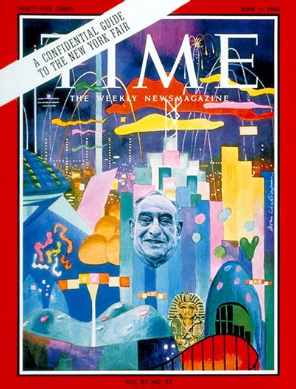
But that was the spring I graduated from high school and the fall I went away to college—and the year the Beatles came to America in February and August! I had a lot on my mind, and some event almost a thousand miles away from my small town that I would never get to attend was totally irrelevant to me at the time.
So when I ran across the Columbian Exposition of 1893 on the Web in 2000, my mind was a blank slate regarding World’s Fairs.
The first thing that startled me was to realize what utterly grandiose planning went into the event. No, it wasn’t going to be an overgrown circus with huge tents. It was to be, essentially, a model city designed by the foremost architects of the time. Walt Disney’s Magic Kingdom covers barely 100 acres. EPCOT covers 300 acres, with less than a dozen large buildings/pavilions in Future World, and 11 main buildings, with a few smaller ones, making up the attractions of the nations around the lagoon.
The Columbian Exposition, in comparison, covered over 600 acres. Although it did have some areas of lovely landscaping, it was pretty jam-
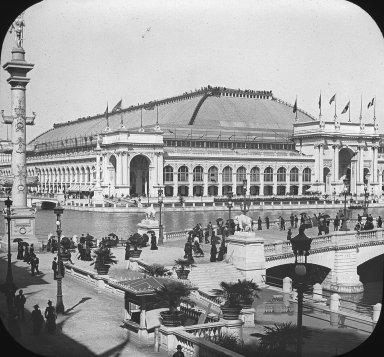
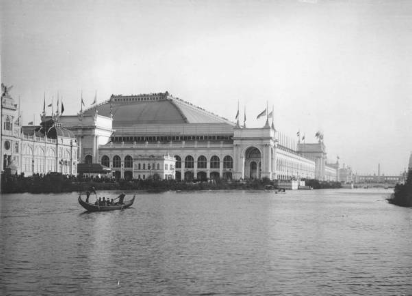
At 130,000 square meters in “footprint” and 8,500,000 cubic meters in internal volume, at the time it was the largest building in the world. If it still existed today, it would be high on the top ten list of current largest buildings in the world.
It had a 140 foot tall clock tower inside the front entrance, was lit by 35,000 light bulbs, and hosted exhibits by numerous European, Asian, and South American countries, along with exhibits from thousands of American companies.
Its contents were just the tip of the iceberg for what was on view at the Fair. No, you couldn’t take in even a small percentage of the exhibits in just the main buildings in a couple of days, like a visit to EPCOT. Those who could afford it actually rented rooms in nearby Chicago and would make repeat visits for a week or more. For after the Manufactures and Liberal Arts building, there were over 200 more buildings and attractions to tackle. Including separate buildings for almost all the 44 states at the time, each crammed with examples of the arts, agriculture, and industries of their own state. Those who couldn't afford the time or expense of an extended visit just ran themselves ragged trying to see as much as they could in whatever short time they had!
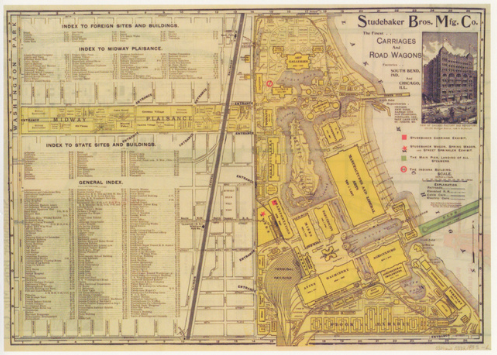
And then there was the “Amusements” part of the Fair. That midway with the cotton candy and tilt-
It was originally designed to be a narrow park-
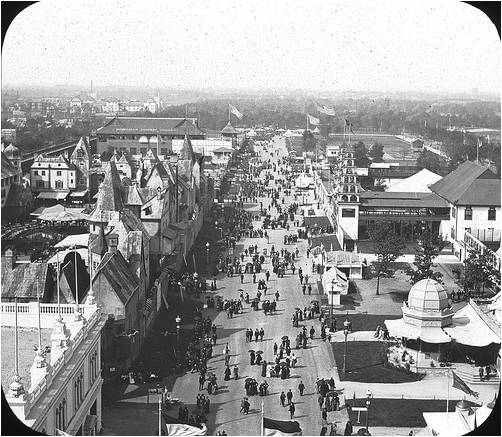

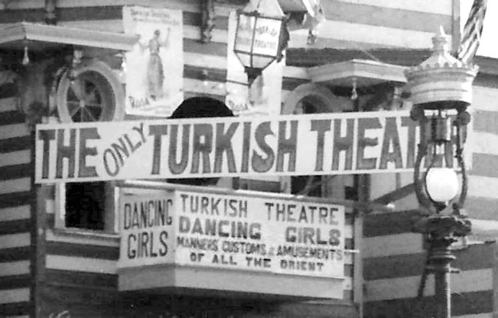
After the closing of the Exposition, both Jackson Park and the Midway Plaisance were transformed back to parklands. But from that day to this the section of fairs, festivals, circuses, or theme parks where you usually find fast-
The 1893 World’s Fair played a huge part in the development of the mythology of the Gay 90s. It was an enormously influential historical event. Even if you’ve never heard of it before, you are aware of numerous aspects of modern society that can be traced back to that fair. Let’s look at some of those, and get a more comprehensive look at the fair.